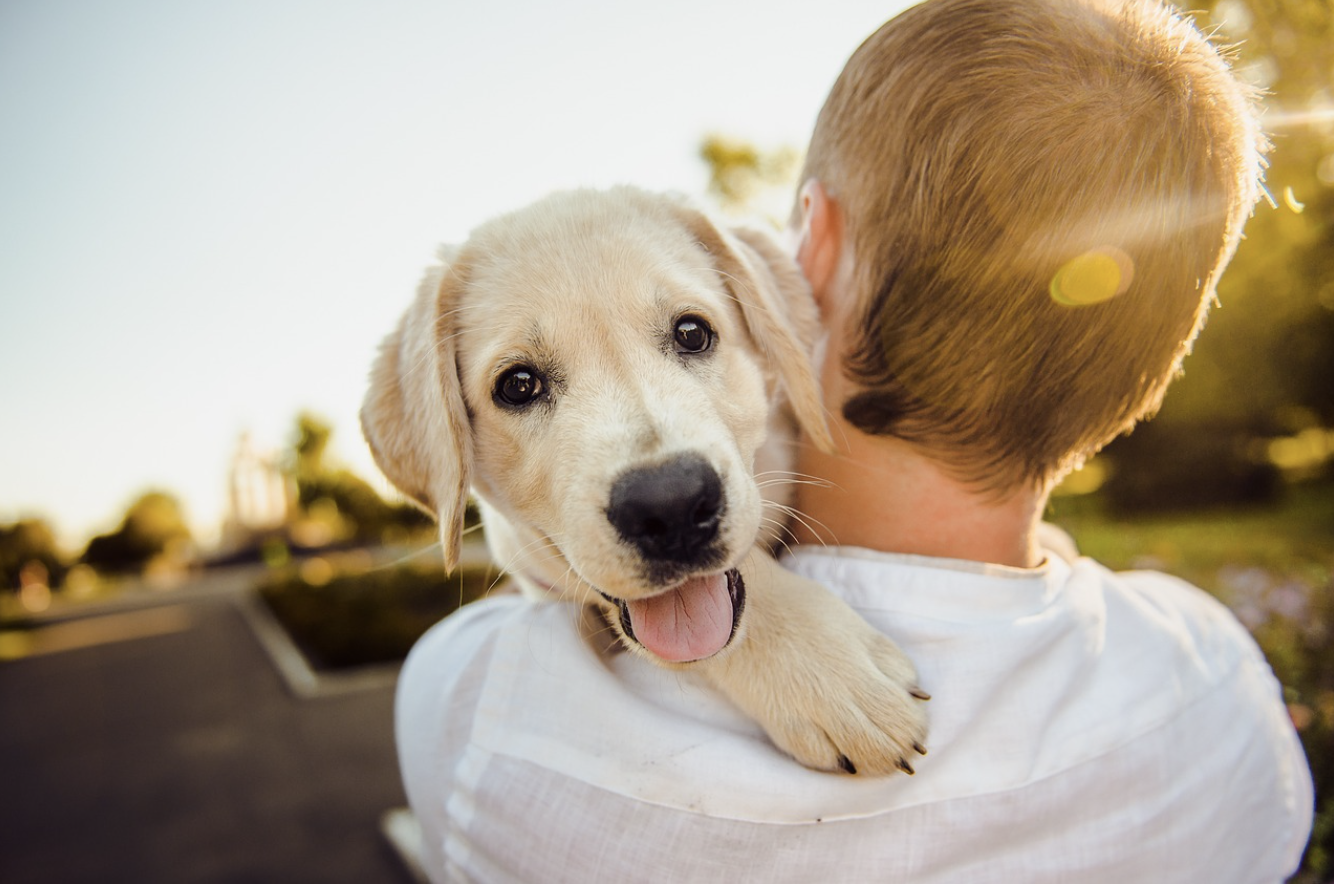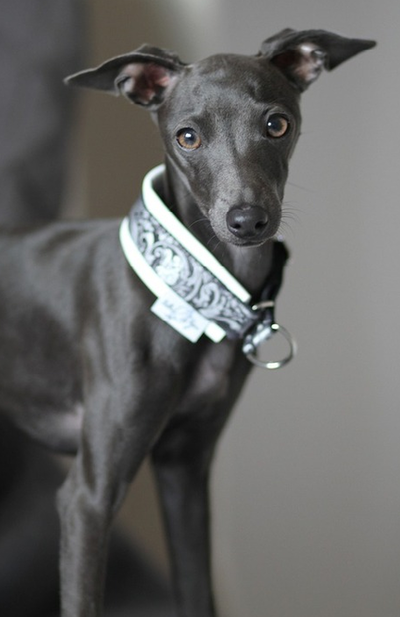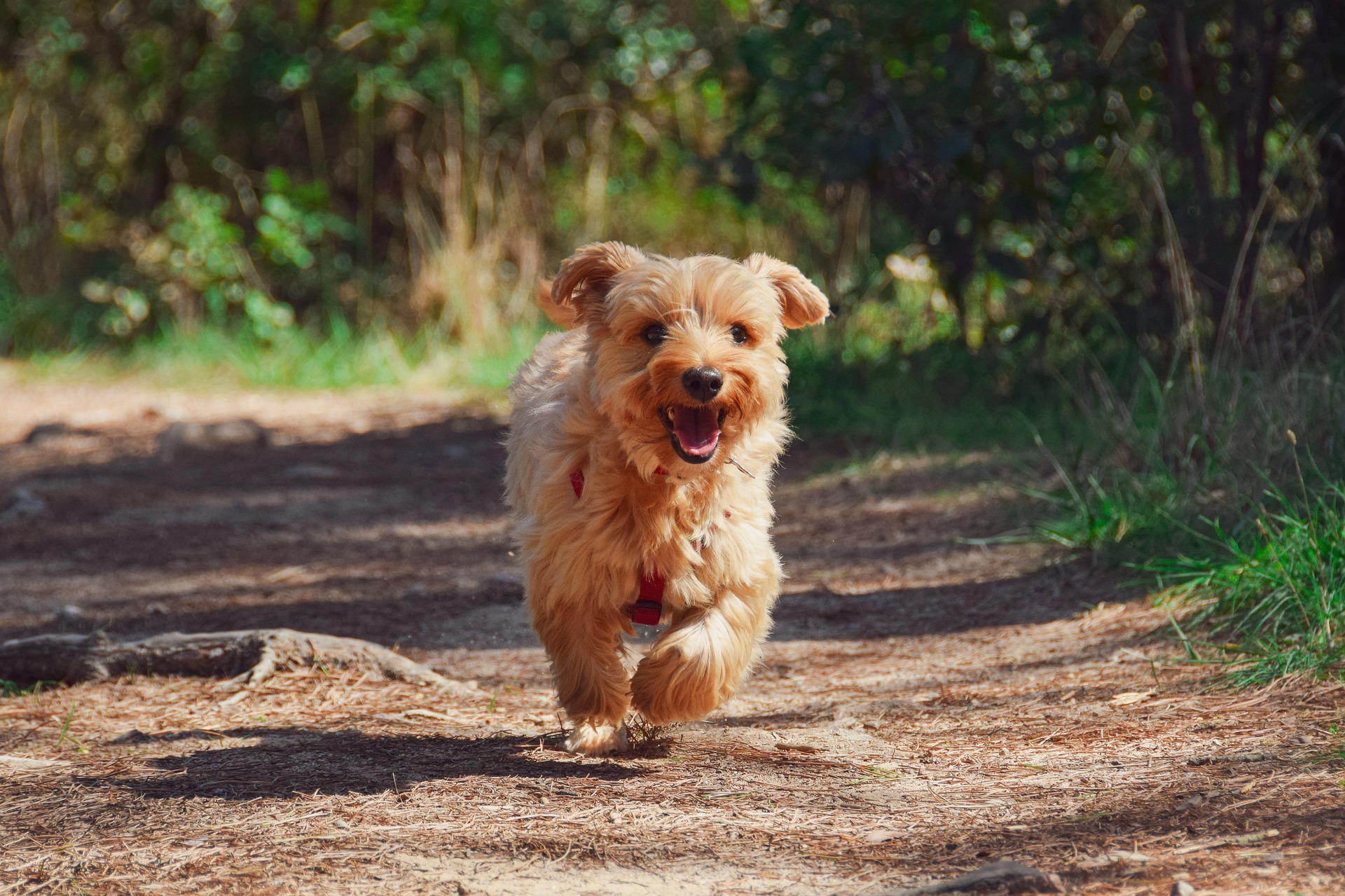
Many dog owners want to be able to take their dogs on a walk without a leash. But there are always the obvious questions like what if they run away? What if they don’t come back? Some dog owners never decide to let their dog walk without a leash, as there are safety hazards like cars, vicious dogs, other people, and much more.
There are certainly helps of letting your dog off the leash, such as
• getting exercise that they couldn’t get at home which burns off excess energy
• your dog could become more relaxed as it feels freer and no longer restricted
• if you have trained your dog well, they will listen more to your commands.
However, training your dog to walk without a leash doesn’t magically happen overnight. This is time-consuming and needs to be slowly phased in overtime. This skill involves an extensive practice period that could take up to possibly 1 to 2 years depending on your dog.
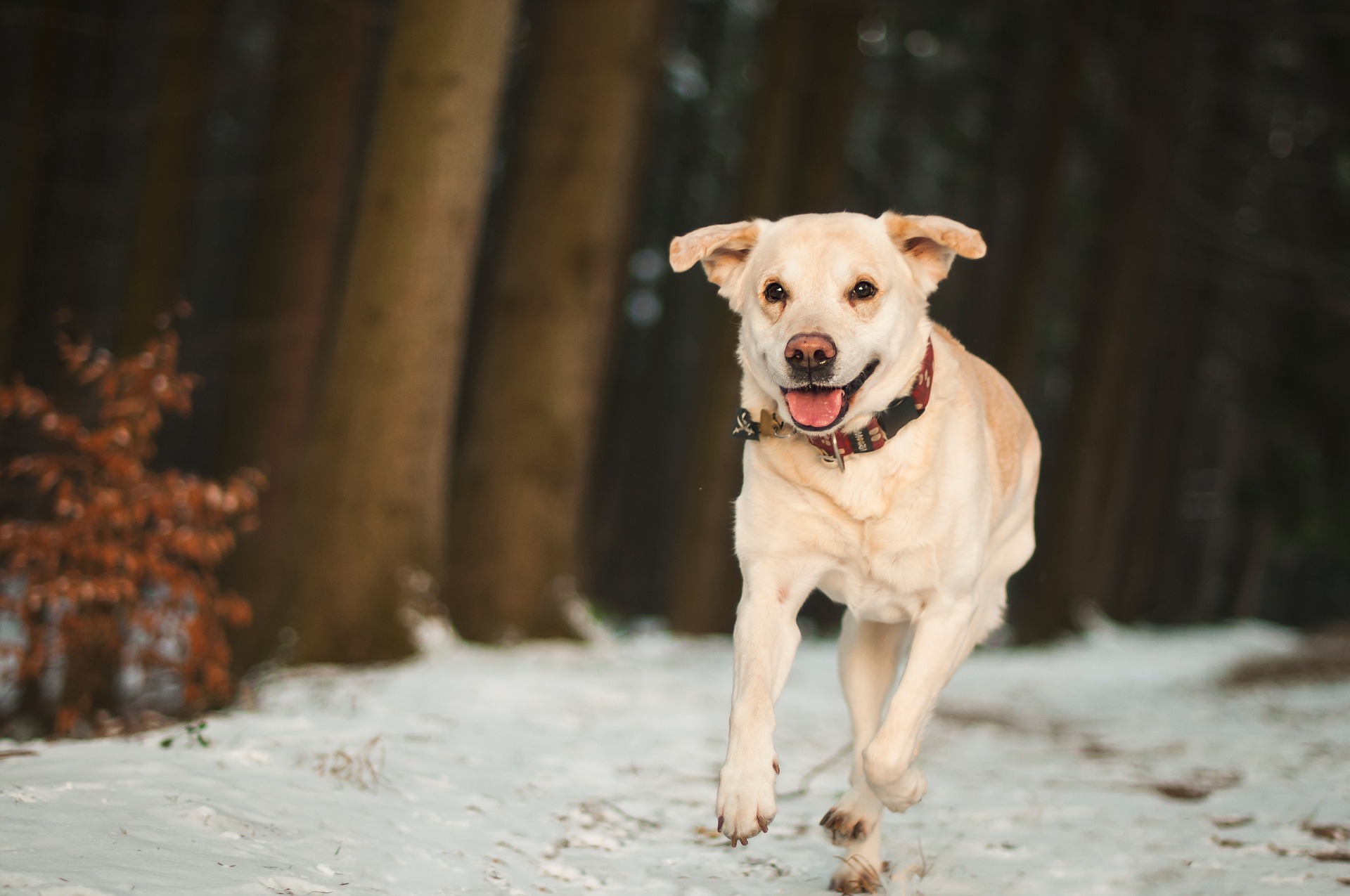
Possible risks
There are several potential risks involved with letting your dog off the leash. You must keep in mind the safety of yourself and others as there are possible dangers involved. For instance, even the most obedient and well-trained dogs can get distracted. Your dog could see another dog or another animal that interests them and they could run at them, causing possible harm to the people and animals around them. When your dog is off the leash you have less control and full trust is in your dog. If you feel your dog isn't ready or capable of that responsibility, it should not be let off the leash.
A lot of public places have a law that dogs should be kept on the leash for safety reasons of others around and your pet, so please be aware of the areas that hold this law. If you are caught with your dog without a leash in these areas, you will be fined.
When your dog is unsupervised and off a leash, it is more prone to coming across dangerous parasites, such as corpses of other animals. This could result in your dog getting rabies, hantavirus, leptospirosis, and even the plague. Be aware of this as your pet won't hesitate to jump into something that they find interesting if their owner isn't there to stop them.
There is also a chance you will come across people that have a fear of dogs, which means it can be very scary for some people if your dog isn't on a leash. It may also seem rude or disrespectful in some peoples' opinions which could cause arguments.
In a worst-case scenario, your dog may, unfortunately, get into some trouble, by possibly biting someone or getting into a fight with another dog. A fight with another dog is extremely dangerous and the injuries can be fatal and could possibly lead to death. It is very hard to control a dog fight even when the dogs are on a leash, never mind when they are off it. Be sure to keep your dog away from any potential harm or threats when not on a leash.
If you want your dog to be trusted and fully able to walk without a leash, they need to be excellently trained.
Here are a few tips on how to train your dog to walk without a leash.
No. 1 Make sure your dog has mastered the basic commands.
It is very important that your canine knows the basic tricks and commands which are sit, heel, come, lie down, give it/drop it, stay and no. Once your dog has mastered these tricks at home, they need to be able to do them in a new environment like a big field that they have never been to before. You should also introduce slight distractions to your dog, such as throwing a toy while telling your dog to stay. Every time they stay after you throw the toy, reward them with a tasty treat and praise them. This will teach them to stay by your side through tempting distractions.
Your dog should also learn to come to you when told to do so. This is an excellent behavior to have and is very useful with off-leash training. For example, if your dog gets excited off the leash and wanders off a bit, if they have mastered the ‘come’ command, they should return to you and behave well. If you want to work on this skill a bit more with your dog, practice it at home, or in a closed area that they haven’t been to before. This is usually easily trained, as all you must do is take a few steps away from your dog and calling it to you with the chosen command word, for example, “come here”. As your dog starts getting used to doing this, get further and further away each time. Ensure you are rewarding your dog with small, tasty treats every time they come to you!
Let your dog know that staying close to you is important. Every dog wants to wander off and explore new things, but you must make sure your dog knows it needs to stay next to you. This can be done by simply communicating with and rewarding your dog.
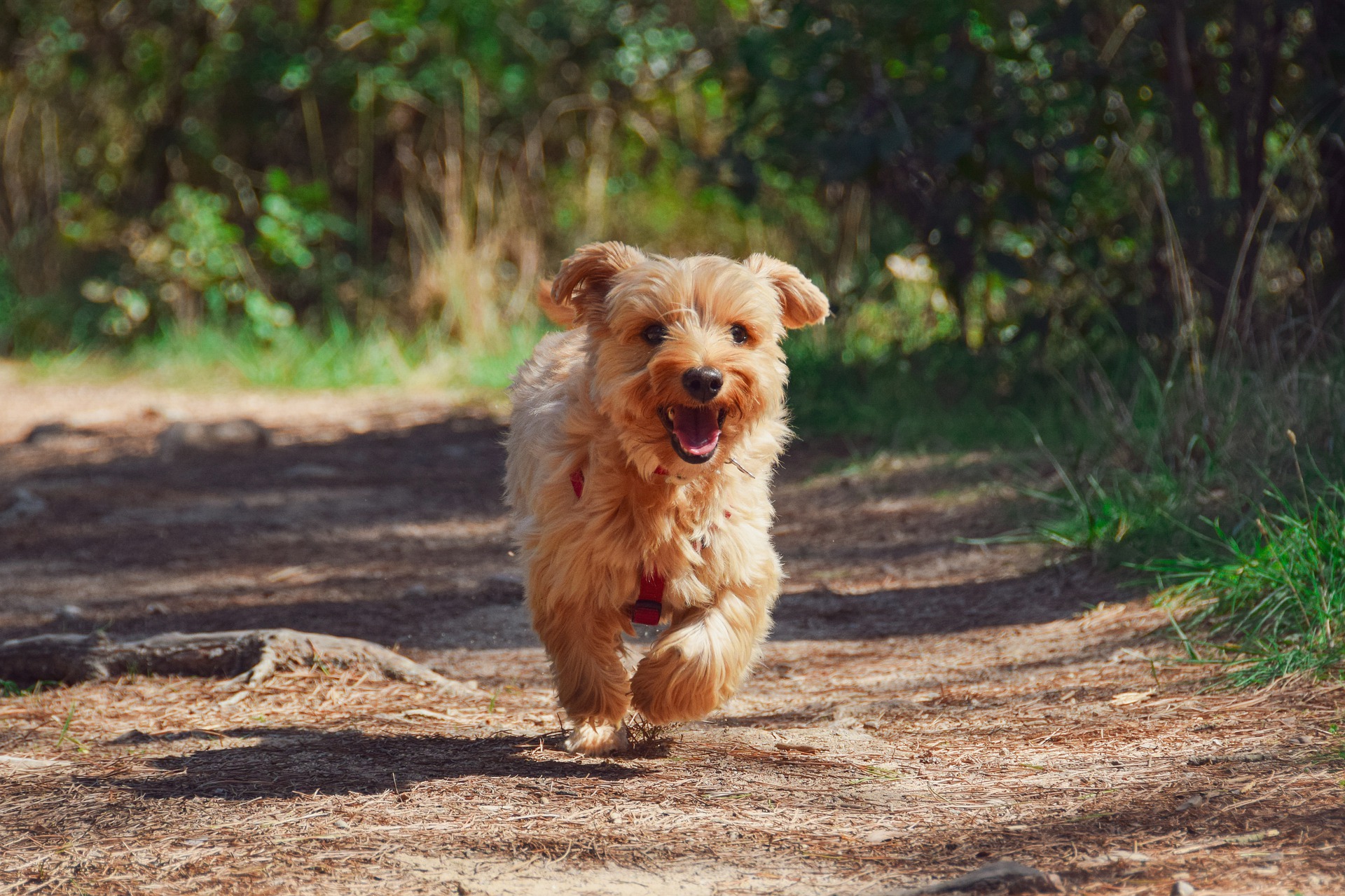
No. 2 Use a long leash while training.
This is very useful as your dog will get used to having slight freedom, but you as the owner still have some sort of control over your dog. A long leash really empowers you to be able to train your dog to behave the way it should without a leash, for example, coming to you when told to do so. If your dog decides to ignore you and wander away, it can’t get too far because you still have control. It is highly recommended that you do this step before going straight to no leash to give your dog a feel as to what it’s like, and to give you an idea as to what way your dog will behave and if they will listen to you.
When your dog is on this long leash, keep challenging them and rewarding good behavior. Once you feel they are capable enough to be off the leash, try it for a short period of time in a closed and safe area to see how they behave. This is good practice. The more time you spend on training your dog for off-leash walks you will begin to see major improvements in general with your canine.
No. 3 Know when your dog is ready.
Make sure you aren’t too trusting in your dog. You must pay attention to their body language and be positive that they are ready to be allowed off the leash. Even when your dog is completely capable, always have a leash with you anyway. This is ideal for emergency situations, and if your dog is still new to off-leash walking.
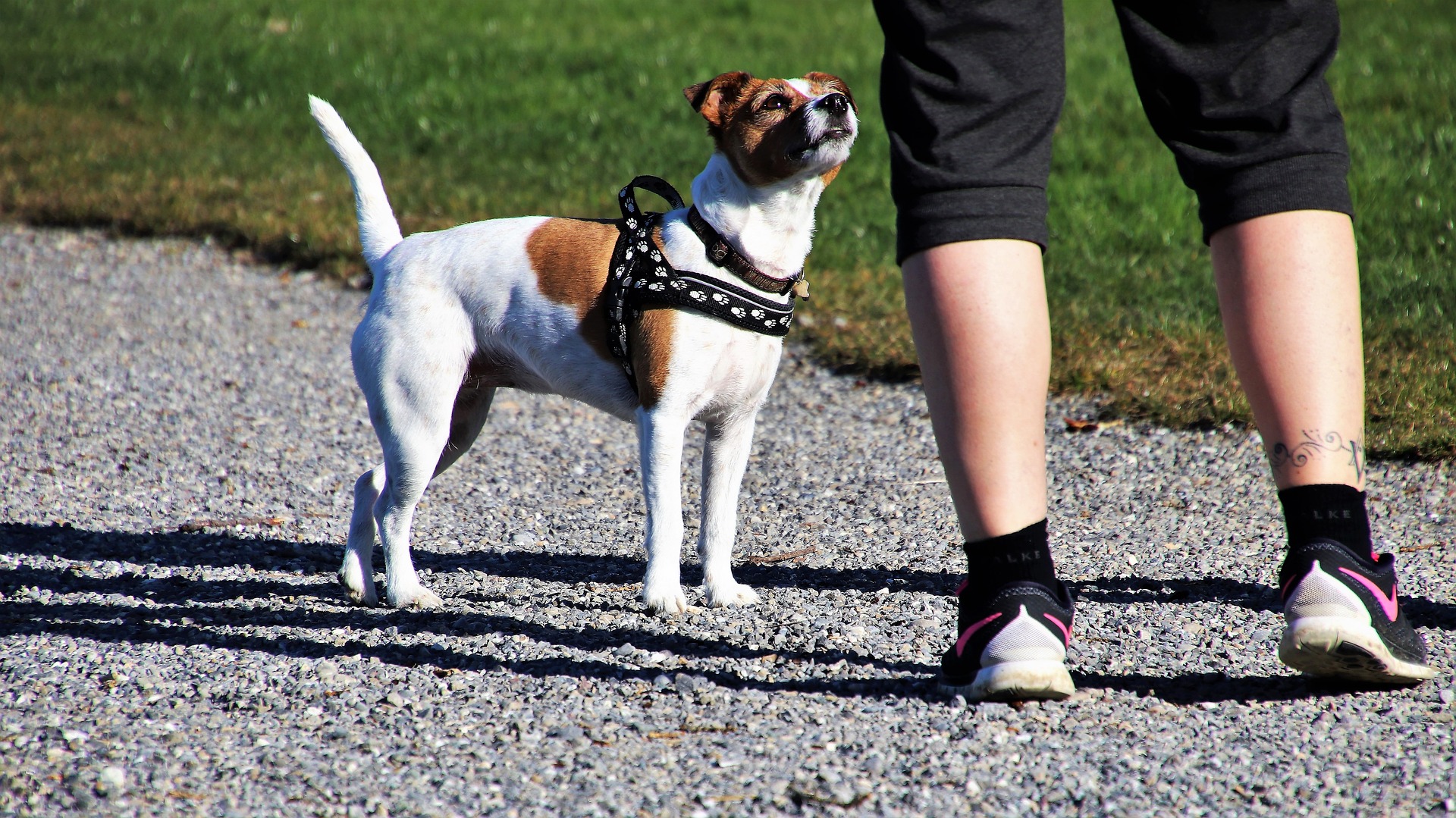
When your dog is behaving well and doing as it is told when walking without a leash, make certain that you are constantly praising them so they know what they should and shouldn’t do. Use firm language when speaking commands so they listen to you. It is important that you are clear with your dog to help them understand you, it is just as difficult for them as it is for you!




